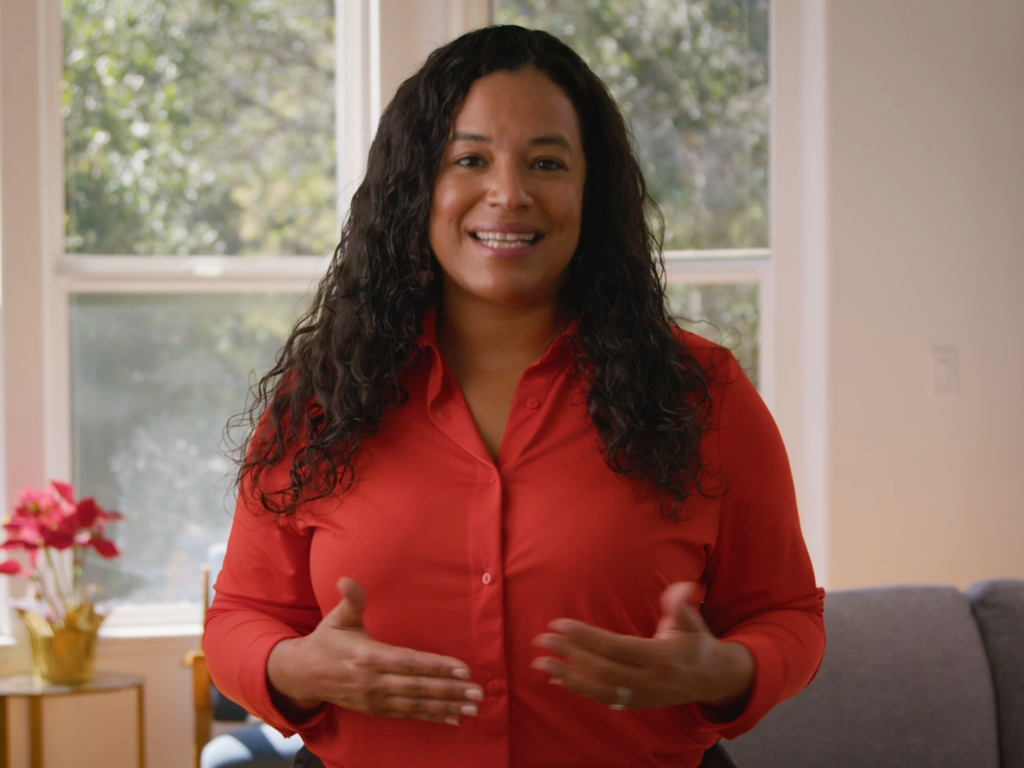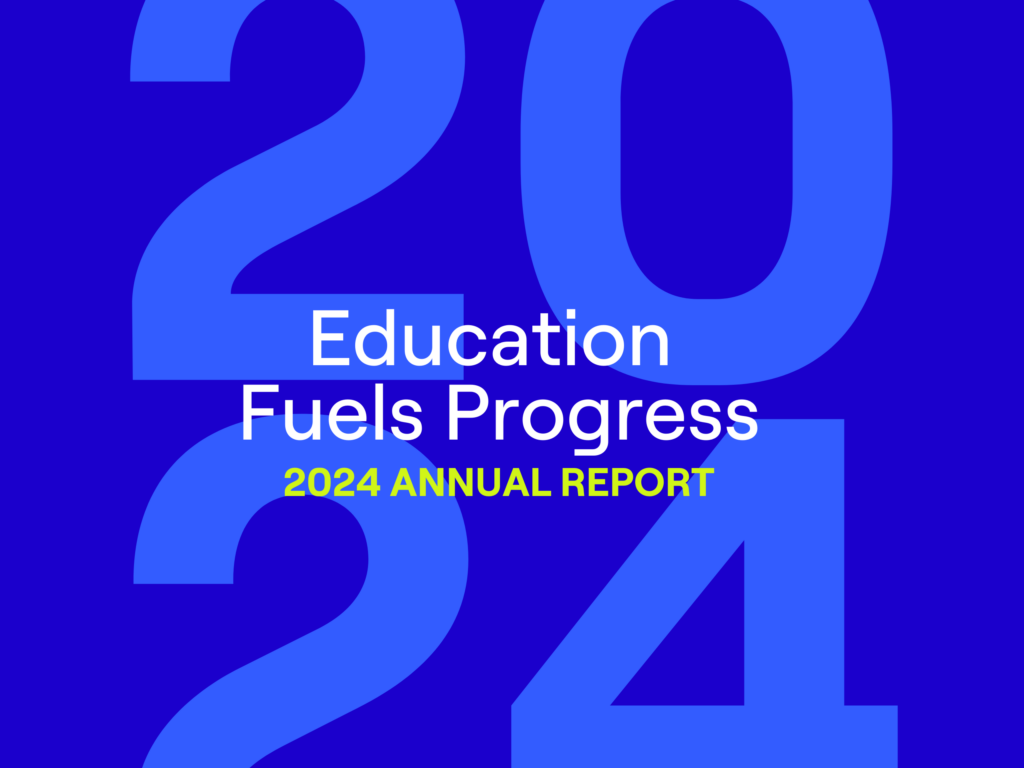Tools to Differentiate Instruction in a One-Size-Fits-All Education System
Last weekend, I sat in a sewing class with my ten year old daughter and was surprised to learn that ⅓ of our day would be dedicated to programming our sewing machines. The room full of women, most over sixty years old, happily embraced the automation of tasks like embroidery now possible thanks to the software running their machines. Marc Andreesen is right – Software is eating the world.
It’s eating education too, but not in the way critics would have you believe. Mainstream media has oversimplified edtech, too often characterizing it as apps aimed to replace teachers. In Matt Richtel’s NYT piece profiling the no-tech Waldorf School in Silicon Valley, he quotes a parent,
“The idea that an app on an iPad can better teach my kids to read or do arithmetic, that’s ridiculous.”
The truth is, the overwhelming majority of education technology entering our K-12 schools today are tools and content designed for teachers to support their 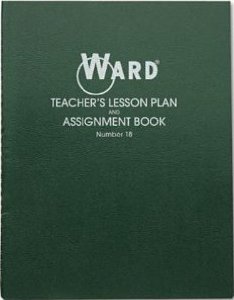 efforts to differentiate instruction. Those same Silicon Valley, high-tech parents would never consider going about their jobs without the latest software to give them an edge. Yet, our teachers are expected to personalize learning with primitive tools in a one-size-fits-all education system¹. (The green Ward lesson planning book is still widely used.)
efforts to differentiate instruction. Those same Silicon Valley, high-tech parents would never consider going about their jobs without the latest software to give them an edge. Yet, our teachers are expected to personalize learning with primitive tools in a one-size-fits-all education system¹. (The green Ward lesson planning book is still widely used.)
The basis for starting the Seed Fund three years ago was to invest in cutting-edge tools for differentiating instruction, the other theses areas grew from there.
Approach
Differentiated Instruction (DI) has become an education buzzword used to convey different ideas from personalized learning to student grouping. In plain language, differentiated instruction means: the methods a teacher uses to respond to individual learning needs in the classroom.
A teacher can differentiate by modifying:
- how they teach (process);
- what they teach (content);
- the product (evidence of learning); and
- the learning environment.
Teachers need tools and content to help them efficiently differentiate these four areas while managing a classroom and their overall load of students. Our investment thesis is to seed companies that can differentiate along the following dimensions:
Learning Environment Differentiation: Nearpod and Hapara are workflow or learning environment tools. Nearpod gives teachers the ability to toggle between whole class, small group and individual instruction in 1:1 learning environments while Hapara is a layer of software that helps teachers manage student work in the Google Apps for Edu environment.
Content Differentiation: Children learn in different ways and it’s helpful to present content in multiple formats to increase the odds of reaching more learners. An extreme example of how technology can enable new ways to present conceptually challenging ideas is the Solar Walk app which leverages the touch screen pinch and expand technology of the iPad to represent the scale of the Universe in a very unique way. There is credible research to show Solar Walk increases comprehension of these concepts. Not only are we seeking new, digitally enhanced content, but we also aim to fund content tools able to adapt to the needs of individual students. Companies like Blendspace, eSpark, Zaption, Zeal and Educreations enable personalized content for students thereby optimizing the path a child takes to achieve their learning goals.
Assessment and Feedback: In order to differentiate effectively, teachers need to gather information on a child’s understanding. We look for formative assessment tools that give teachers the information they need to modify their instruction as needed. Assessment and feedback go hand-in-hand; some tools combine the two. The key feature we are looking for is that the teacher has a place in this assessment/feedback loop. Mobile assessment tools like Socrative shorten the assessment/feedback cycle even enabling teachers to adjust instruction on the spot.
We are seeing some of the strongest innovation in these categories as the tools evolve alongside mobile technology. Its important to note that DI is a foundational principle of the Seed Fund and cuts across all of our investment areas.
|
Blendspace is a curation tool for educators to personalize learning content for students. Blendspace was acquired by TES Global/Wikispaces
|
|
 |
Corespring is an assessment database. |
 |
Educreations is a unique lesson-creation tool for educators, works across platforms.
|
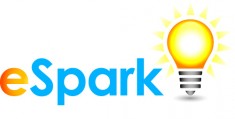 |
Dubbed a Pandora for Apps, eSpark enables personalized playlists of Apps in a mobile learning environment.
|
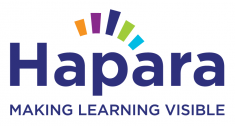 |
Hapara is a layer of software that sits on top of Google Apps for Edu designed for educators to manage their classrooms in a digital environment.
|
|
MasteryConnect is a collaborative, formative assessment platform for K12 educators. |
|
 |
Nearpod is an operating system for educators for 1:1 learning environments.
|
 |
Socrative (acquired by MasteryConnect) is a mobile formative assessment tool for quick checks for understanding and to increase engagement.
|
|
Zaption provides advanced video data analytics for educators. |
Summary of Investment Approaches in Posts I-3
- The STEM skills crisis
- Relevance matters more than ever
- Better communication leads to better education outcomes for kids
- Specialized tools can better reach children outside of the mainstream
- Tools to Differentiate Instruction in a One-Size-Fits-All Education System
¹120-150+ students per teacher at the secondary level, summative assessment system, limited planning time, etc
